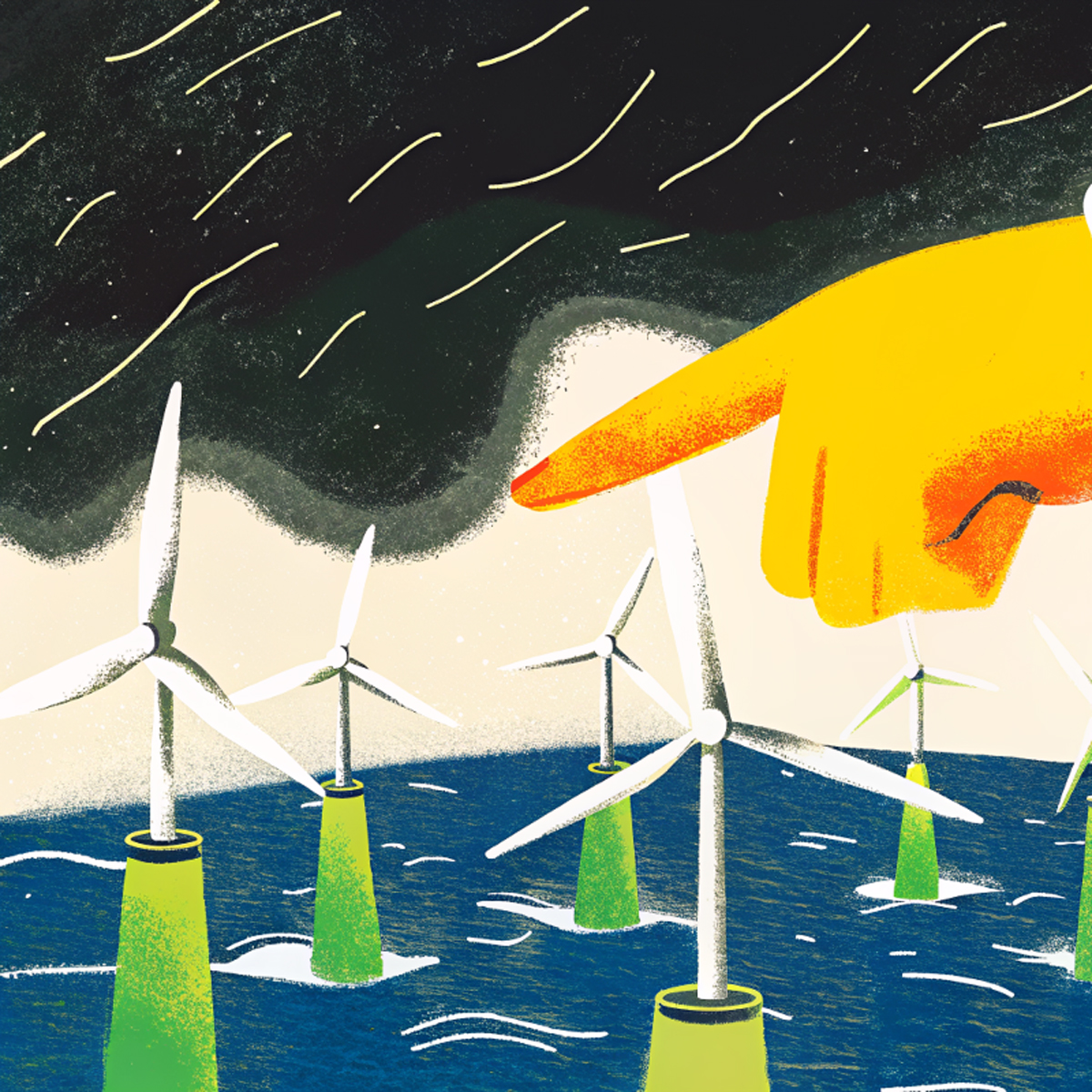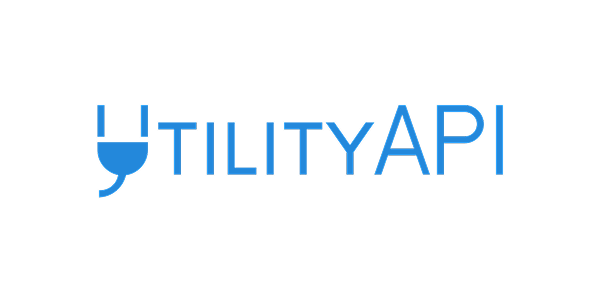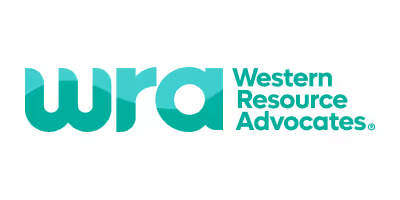Grid modernization faces an uphill battle around the world, but clear skies lie ahead
400 interconnectors. 600 million customers. 93 gigawatts (GW) of capacity. This is the European power grid — the largest interconnected grid in the world.
Despite its scale, the grid is stumbling.
The European power grid is one of the oldest in the world, with an average component clocking in at 40 years old. Over 60% of physical grid assets are already in need of repair, replacement, or modernization. And as energy demand booms and more renewable projects seek grid connection, a built-out, resilient power grid is more critical than ever.
An estimated €584 billion ($654 billion) in European grid investments are needed in this decade alone to handle the growing demand, with the lion’s share required for distribution grids. Coupled with the continent’s goal to double cross-border transmission infrastructure, a long uphill battle awaits.
Though the EU grid is structured differently than the American grid, stateside grid operators can learn from how their counterparts abroad approach modernization efforts. Read on to learn more about how the European and American grids function, what challenges they face, and how political and technological advancements are already aiding grid modernization.
How the European grid works
Managed by the European Network of Transmission System Operators for Electricity (ENTSO-E), the interconnected grid integrates 39 Transmission System Operators (TSOs) across Europe to decrease grid congestion, enable power exchanges, and maintain grid equilibrium.
Within the ENTSO-E system, five subsystems — called synchronous networks — are connected with direct current (DC) power: the Nordic grid, the Baltic grid, the Irish grid, the British grid, and the continental grid, which contains 24 countries like France, Germany, and Spain and is the largest subsystem.
The dense and compact grid enables electricity exchange between all but two ENTSO-E member countries: Iceland and Cyprus, which both have independent transmission systems. In 2018, the amount of total power exchanged was to the tune of over 900 billion kilowatt-hours (kWh). In practice, the system enables countries or regions with surplus energy to transfer that extra power to regions lacking enough energy to provide firm, uninterrupted power, particularly when coupled with peak shaving.
Though the earliest transborder power lines were built in 1906, widespread transnational interconnection kicked off around mid-century and grew to its current state after the fall of the Soviet Union. Interconnectors have enabled the continent to trade electricity across borders and maintain grid equilibrium by synchronizing frequencies across grids since the mid-1990s.
Electric grids face an uphill battle
More than half of the European grid is in need of basic distribution and modernization upgrades — fast. Much of its equipment is approaching the end of its normal 50-year lifespan, which increases energy losses and risks of grid failure. A strong electric grid is needed now more than ever: The continent must build out another 700 to 800 GW of renewable energy by the end of the decade — 70% of which must be from decentralized sources. But modernizing the EU’s electric grid will be an uphill battle.
3,000 GWs of renewable energy are stuck in European interconnection queues, often languishing there for up to nine years; according to Energy Monitor, “four times more wind energy [is] trapped in permitting than there is under construction.” And unprecedented funding requirements coupled with energy security challenges born of the Russia-Ukraine war have slowed the modernization race to a crawl.
A recent EU investment of nearly €3 billion ($3.36 billion) toward energy system modernization could be the starting gun.
While merely a drop in the bucket compared to the needed €584 billion, the funds are earmarked to reinforce the grid in preparation for renewable connection, build out distributed clean energy sources, and further develop storage capacity, among other uses.
Paired with continued installation and renovation of high-voltage transmission lines, roll-out of grid-enhancing technologies (GETs), and a newly sped-up renewable energy permitting process, the EU appears to be on the right track toward updating their grid.
Yet, how does our grid stateside compare?
Where the American grid fits in
Even though the European grid is in dire need of modernization, its structure was well-planned and organized efficiently. Not so much with the American grid — different corners of the power system sprung up independently from one another and created our balkanized electricity infrastructure. Comprised of three main regions — Western, Eastern, and Texas — the American power grid is sometimes nicknamed the “largest machine in the world,” due to its millions of miles of power lines and thousands of utilities.
Each grid region interconnects transmission planning regions, which all individually plan their portion of the macrogrid. Think it sounds fragmented, confusing, and inefficient? You’d be right.
“The United States is the only macrogrid in the world that doesn’t have a plan of any type,” explained Aaron Bloom, the executive director of NextEra Energy Transmission, at a 2022 Federal Energy Regulatory Commission workshop. Compared to the EU or other superpowers like China, who plan their grids on a national or continental level, the U.S. grid lacks centralized planning or interconnection between regions.
This makes it difficult to transfer power between regions; while possible via high-voltage direct current (HVDC) lines, the aging transmission lines can only handle small amounts of energy at any given time and become congested easily, leading to unreliable power supply.
Though the U.S. grid isn’t in need of as much modernization as the European one, it needs a big boost in capacity. Transmission capacity must jump between 150% and 400% by 2050 in order to meet current decarbonization goals. While investment has increased, it remains a far cry from what’s needed, particularly as over 2,000 GW of renewable energy languishes in grid connection queues.
Without grid interconnection, an individual grid remains at risk of failure that can leave entire communities without power.
For instance, millions of Texans went days without electricity in deadly heat following Hurricane Beryl earlier this year, leaving at least 11 people dead. As the Texas grid is separate from other regions, it was not able to borrow power from other states to avert the crisis. This has happened before — in 2021, the state experienced one of its biggest blackouts in history following record-breaking frigid temperatures.
On the flip side, when one grid produces surplus renewable energy, it can’t share that excess clean power with the others. Using Texas again as an example, though wind and solar are booming in the state, its standalone grid means the surplus energy simply goes to waste despite the booming need for more clean power.
It’s not Texas’ fault — those are simply a few of the ramifications of a non-interconnected macrogrid.
What lies ahead
Still, the future of grid modernization in the United States is looking increasingly rosier. Short-term and long-term solutions are both necessary — here’s how the U.S. plans to boost its grid capacity today while continuing to build more transmission and distribution infrastructure.
Grid-enhancing technologies (GETs)
GETs are quickly becoming seen as a key part of the global energy transition. Essentially, these types of grid modernization technologies help “future-proof” the grid, enable it to level up, and reduce congestion without replacing the entire system.
Most GETs fall under one of four main umbrellas:
Though GETs are still claiming their market share, most types are already commercially viable and ready to be deployed. One report from the Rocky Mountain Institute “estimates GETs could enable 6.6 gigawatts of new wind, solar, and storage projects to come online by 2027” in PJM, the country’s — and the world’s — largest wholesale energy market, saving $1 billion in annual production costs in the process.
And there’s support from the feds. Earlier this year, 21 states were chosen to partner with the Department of Energy to deploy GETs, some of which received half a billion dollars in federal funding. Many grid experts and policymakers view GETs as the “lowest hanging fruit for adding capacity to the grid at the least cost.” They can serve as a stopgap solution to squeeze as much juice from the grid as possible while more capacity is added.
It is still early days for GETs, which means there is an opportunity for American gridtech companies. Now is as good a time as any for these businesses to throw their hats in the ring and enter the fray, as utilities grow more comfortable with modernizing their operations and organizations like NextEra Energy, LineVision, National Grid, and Dominion Energy roll out GETs.
Policy progress
There’s been no shortage of political news this election cycle. Still, two recent grid-centered announcements broke through the noise.
FERC Order 1920 could cut down interconnection queues, curb grid congestion, and make long-term grid planning the new norm. Essentially, the 1,300-page order requires grid operators to look five years ahead and coordinate long-term regional planning efforts in hopes of making it easier, cheaper, and quicker for new renewable projects to connect to the grid.
Currently, only one out of five American clean energy projects make it off the ground; the order is set to expedite transmission buildout, derisk energy investment, and streamline permitting requirements to cut through the queue and help more projects get off the ground.
Perhaps more controversially, the energy permitting bill put forward by Sens. Joe Manchin (I-W.Va.) and John Barrasso (R-Wyo.) could also speed up the permitting process and attach more renewables to the grid if enacted into law.
The bipartisan bill has a little bit of everything for clean energy and fossil fuels alike: faster renewable energy permitting processes, mandatory oil and gas sales, transmission planning and siting authority, and more. In short, no one (other than permitting wonks) is entirely happy with the deal, though most recognize it’s the first with a shot of surviving its journey around the Hill.
Many grid experts, like David Crane, the Department of Energy’s undersecretary for infrastructure, consider permitting reform to be the “number one most important” action Congress can take against the climate crisis; this bill is the first of at least 10 proposed permitting bills to make it past committee review. Still, little progress will likely be made until after November’s election, during Congress’ lame duck period, meaning industry leaders generally consider the bill’s passage to be ambitious before the end of the term.
Still, the bill is set to shape future permitting reform efforts regardless of whether or not it makes its way through both chambers of Congress.
Approaching clearer skies
Though distinct from one another in terms of organization and political context, the U.S. and EU grids face similar hurdles to widespread modernization. Growing political support, vast funding upticks, and increasing technological adoption are turning the tide on grid modernization — smoother waters lie ahead.



























